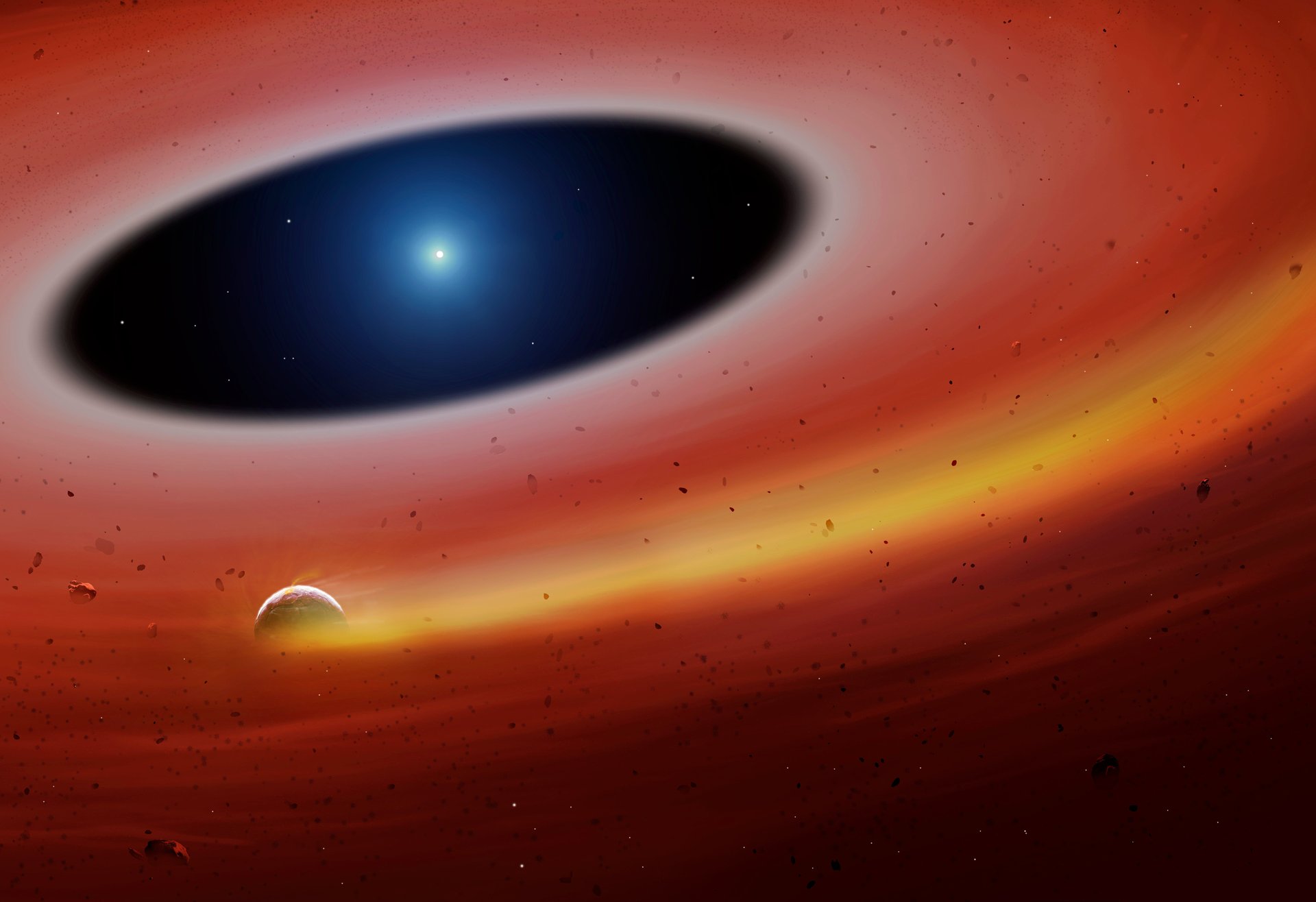A planet fragment orbiting a dying star offers a glimpse at Earth’s grim future
Like Oedipus, Macbeth, or a minor character in a Final Destination movie, our planet faces a grim, inescapable fate. And now we have a chance to see what that might look like.


Like Oedipus, Macbeth, or a minor character in a Final Destination movie, our planet faces a grim, inescapable fate. And now we have a chance to see what that might look like.
In about 5 billion years, the sun will run out of hydrogen to feed the nuclear reactions burning at its core and become a red giant. Our star’s atmosphere will push out into the solar system, swallowing up Mercury, Venus, and finally Earth before it stops its cataclysmic expansion just short of Mars, according to astronomers.
Eventually, the sun will collapse into a small, dense point of light: a white dwarf. For several billion years, it will cast a smoldering glow over the spot where life as we know it used to exist.
Astronomers from the UK’s University of Warwick have announced they found evidence of an Earth-like planet that met a similar fate. What remains of the planet orbits a white dwarf 410 lightyears from Earth, spinning perilously close to its spent host star.
A closer relationship, in the end
Although the distant star used to be twice the mass of our sun, it has now collapsed into a dense ember roughly the size of Earth. The planetary fragment circles the white dwarf so closely that its orbit would have fit inside the star before it collapsed.
“The white dwarf’s gravity is so strong—about 100,000 times that of the Earth’s—that a typical asteroid will be ripped apart by gravitational forces if it passes too close,” lead author Christopher Manser said in a statement.
The researchers theorize that the object they’ve found is no typical asteroid. It’s an iron-rich hunk of heavy metal that used to make up the core of a larger, rocky planet like our own. Sometime after the star collapsed, a disturbance may have nudged the planet into a tight orbit around the white dwarf, where intense gravitational forces stripped away its outer layers until only its sturdy iron core remained.
We’ll always have Mars
The findings paint a grisly portrait for the future of our planet. “The general consensus is that 5-6 billion years from now, our Solar System will be a white dwarf in place of the Sun, orbited by Mars, Jupiter, Saturn, the outer planets, as well as asteroids and comets,” Manser said.
If our species survives to see the sun die, Earth won’t float through space as a graveyard or monument to humanity’s past. Every possible trace that we have been here will be incinerated or gravitationally shredded—unless billions of years from now we find some way to bury a sign about 3,200 miles (5,100 km) below the surface in our planet’s inner core.
Looking for more in-depth coverage of space? Sign up for a free trial of Quartz membership, and read our premium field guide on the future of the lunar economy.